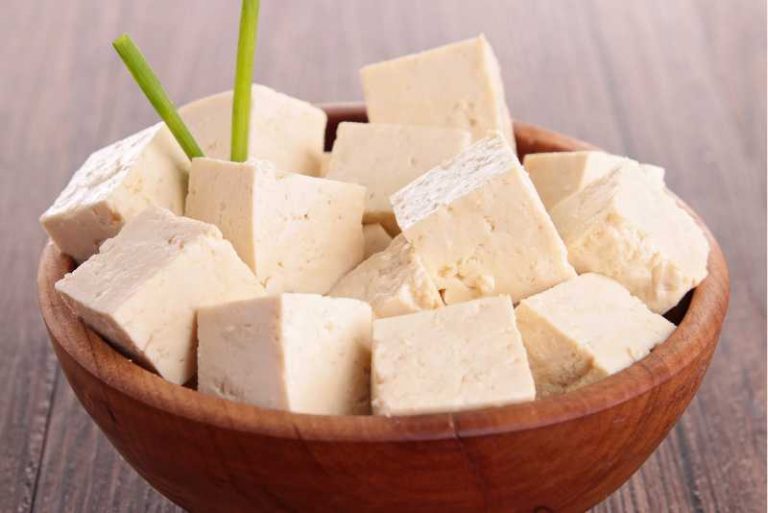Does Better Than Bouillon Go Bad?
Better Than Bouillon is a popular, concentrated paste that serves as an alternative to traditional bouillon cubes and liquid broths. It’s known for its rich flavor, versatility, and ease of use in various recipes.
However, the question that many people ask is does better than bouillon go bad?
Well, in this blog post, we will explore that very question, including the signs that give a very clear indication that its bad, and also some storage methods to help you make the most of this culinary staple.
Shelf Life Of Better Than Bouillon
Better Than Bouillon typically has a long shelf life due to its high concentration of salt, which acts as a natural preservative. Unopened jars can last up to 2 years when stored in a cool, dry place away from direct sunlight.
Once opened, a jar of Better Than Bouillon should be refrigerated and can last for 6 months to a year, depending on the specific product and storage conditions.
If you’re going by the “best by” or “expiration date” printed on the jar then you need to know this is not an exact indicator that the bouillon has gone bad. Instead, it provides an estimate of when the product will begin to lose its optimal flavor and quality.
It can still be safe to consume beyond this date, as long as there are no signs of spoilage and it has been stored properly.
Signs Of Spoilage
While Better Than Bouillon has a long shelf life, it can still go bad if not stored correctly or if exposed to contaminants. Here are some signs to look for that indicate your Better Than Bouillon may have spoiled:
- Strange smell: A strong, rancid, or sour odor indicates that the product has gone bad. Discard it immediately.
- Mold or discoloration: If you notice any mold growth or unusual color changes, it is a clear sign of spoilage, and the product should be thrown away.
- Texture: If the paste becomes too thick, dry, or clumpy, it may have lost its quality and should not be used.
Proper Storage Methods
To ensure that your Better Than Bouillon stays fresh for as long as possible, follow these storage tips:
- Store unopened jars in a cool, dry place: Keep your unopened jars of Better Than Bouillon in a pantry or cupboard away from direct sunlight and sources of heat.
- Refrigerate after opening: Once opened, store the jar in the refrigerator with the lid tightly sealed to prevent contamination and moisture from entering.
- Use a clean utensil: Always use a clean spoon or utensil when scooping out the product to avoid introducing bacteria or contaminants.
- Avoid cross-contamination: Do not use the same utensil for different food items, as this can introduce bacteria and cause spoilage.

What Happens If You Eat Bouillon That’s Gone Bad?
If you eat bouillon that has gone bad, you may experience foodborne illness or food poisoning due to the growth of harmful bacteria or mold. Symptoms can vary depending on the type of contaminant and the individual’s immune system, but common signs of food poisoning include:
- Nausea
- Vomiting
- Diarrhea
- Stomach cramps
These symptoms can appear within a few hours to several days after consuming the spoiled bouillon and can last from a day to a week. In most cases, the symptoms are mild and resolve on their own without medical intervention.
However, if the symptoms are severe, persistent, or worsening, it is essential to seek medical attention.
To avoid potential health risks, always check for signs of spoilage in bouillon before using it in your recipes. If you notice any off smell, mold, discoloration, or change in texture, as mentioned above, discard the product immediately and do not consume it.
Better Than Bouillon Alternatives
There are several alternatives to Better Than Bouillon that you can use in your recipes for added flavor and depth. Some popular options include:
- Liquid broth or stock: Ready-to-use liquid broths and stocks can be found in the soup aisle of most grocery stores. They are available in various flavors, such as chicken, beef, vegetable, and seafood. You can also make your own homemade broth or stock by simmering meat, bones, and/or vegetables with herbs and spices.
- Powdered broth mix: Similar to bouillon cubes and granules, powdered broth mixes can be dissolved in hot water to create a flavorful liquid broth. They are available in different flavors and might contain less sodium than traditional bouillon products.
- Vegetable or mushroom base: If you’re looking for a vegetarian or vegan alternative, consider using a vegetable or mushroom base. These concentrated pastes can be used similarly to Better Than Bouillon but are made from vegetables or mushrooms instead of meat.
- Miso paste: Miso paste is a fermented soybean paste that adds a rich, savory, umami flavor to soups, sauces, and other dishes. It can be a great alternative to Better Than Bouillon, especially for vegetarian or vegan recipes.
- Soy sauce or tamari: For a quick flavor boost, you can use soy sauce or tamari (a gluten-free soy sauce alternative) in your recipes. Keep in mind that these options may add a distinct taste and saltiness, so adjust the seasoning accordingly.
When using these alternatives, be sure to adjust the quantity and seasoning to achieve the desired flavor in your recipe. It’s always a good idea to taste and adjust as you go, ensuring the perfect balance of flavors.
Conclusion
While Better Than Bouillon is a popular and convenient option, knowing about its shelf life, signs of spoilage, and proper storage methods can help you make the most of this culinary staple.
Additionally, exploring other flavorful alternatives like bouillon cubes, liquid broths, or miso paste can provide versatility in your cooking and cater to different dietary preferences.
By understanding the properties of these ingredients and using them mindfully, you can create delicious, well-balanced meals that are sure to impress.






